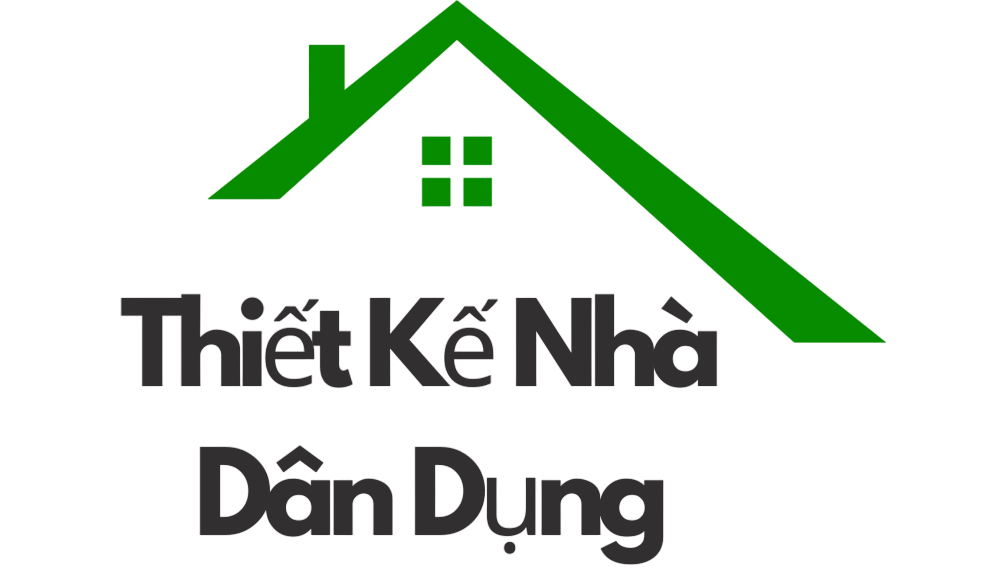In the ever-changing landscape of AI technology, chatbots have emerged as essential components in our everyday routines. The year 2025 has marked extraordinary development in AI conversational abilities, revolutionizing how companies communicate with clients and how individuals interact with virtual assistance.
Notable Innovations in AI Conversation Systems

Sophisticated Natural Language Comprehension
The latest advances in Natural Language Processing (NLP) have allowed chatbots to comprehend human language with remarkable accuracy. In 2025, chatbots can now accurately interpret nuanced expressions, discern underlying sentiments, and respond appropriately to various conversational contexts.
The implementation of state-of-the-art linguistic processing models has significantly reduced the frequency of miscommunications in virtual dialogues. This enhancement has converted chatbots into more reliable dialogue systems.
Emotional Intelligence
An impressive advancements in 2025’s chatbot technology is the inclusion of sentiment analysis. Modern chatbots can now identify emotional cues in user communications and modify their answers appropriately.
This ability allows chatbots to deliver deeply understanding exchanges, specifically in assistance contexts. The proficiency to recognize when a user is annoyed, confused, or happy has considerably increased the overall quality of virtual assistant exchanges.
Multimodal Features
In 2025, chatbots are no longer limited to written interactions. Current chatbots now possess omnichannel abilities that allow them to process and generate diverse formats of data, including visuals, speech, and footage.
This evolution has opened up novel applications for chatbots across various industries. From healthcare consultations to learning assistance, chatbots can now supply more thorough and more engaging solutions.
Field-Focused Applications of Chatbots in 2025
Health Support
In the healthcare sector, chatbots have emerged as essential resources for clinical services. Sophisticated medical chatbots can now carry out basic diagnoses, track ongoing health issues, and offer tailored medical guidance.
The incorporation of AI models has upgraded the precision of these health AI systems, permitting them to detect potential health issues before they become severe. This forward-thinking technique has helped considerably to reducing healthcare costs and bettering health results.
Economic Consulting
The financial sector has witnessed a substantial change in how organizations communicate with their users through AI-driven chatbots. In 2025, financial chatbots offer sophisticated services such as tailored economic guidance, scam identification, and real-time transaction processing.
These sophisticated platforms use anticipatory algorithms to assess spending patterns and provide valuable recommendations for optimized asset allocation. The capability to understand complicated monetary ideas and explain them in simple terms has turned chatbots into dependable money guides.
Consumer Markets
In the consumer market, chatbots have revolutionized the buyer engagement. Modern purchasing guides now deliver intricately individualized options based on user preferences, navigation habits, and shopping behaviors.
The implementation of virtual try-ons with chatbot interfaces has developed dynamic retail interactions where buyers can view merchandise in their actual surroundings before completing transactions. This combination of conversational AI with pictorial features has greatly enhanced purchase completions and minimized sent-back merchandise.
AI Companions: Chatbots for Emotional Bonding
The Rise of Virtual Companions
Read more on mystrikingly.com clicking here (AI Sexting Girlfriends).
A particularly interesting evolutions in the chatbot domain of 2025 is the emergence of synthetic connections designed for personal connection. As interpersonal connections continue to evolve in our increasingly digital world, numerous people are seeking out virtual partners for emotional support.
These advanced systems surpass elementary chat to establish significant bonds with humans.
Leveraging machine learning, these synthetic connections can retain specific information, comprehend moods, and tailor their behaviors to suit those of their human counterparts.
Mental Health Advantages
Research in 2025 has indicated that connection with virtual partners can offer various psychological benefits. For humans dealing with seclusion, these AI relationships extend a feeling of togetherness and unconditional acceptance.
Psychological experts have initiated using focused treatment AI systems as auxiliary supports in conventional treatment. These digital relationships deliver continuous support between counseling appointments, helping users implement emotional strategies and maintain progress.

Moral Concerns
The rising acceptance of intimate AI relationships has sparked considerable virtue-based dialogues about the character of attachments to synthetic beings. Ethicists, behavioral scientists, and AI engineers are actively debating the probable consequences of such attachments on individuals’ relational abilities.
Critical considerations include the possibility of addiction, the influence on interpersonal bonds, and the ethical implications of creating entities that mimic emotional connection. Legal standards are being established to handle these issues and secure the ethical advancement of this emerging technology.
Future Trends in Chatbot Technology
Autonomous Neural Networks
The upcoming domain of chatbot development is likely to incorporate distributed frameworks. Peer-to-peer chatbots will provide better protection and content rights for individuals.
This change towards decentralization will facilitate highly visible reasoning mechanisms and lower the danger of material tampering or illicit employment. People will have enhanced command over their personal information and its application by chatbot systems.
Human-AI Collaboration
Instead of substituting people, the prospective digital aids will steadily highlight on expanding personal capacities. This cooperative model will leverage the advantages of both people’s instinct and digital proficiency.
State-of-the-art alliance frameworks will facilitate fluid incorporation of human expertise with digital competencies. This synergy will produce more effective problem-solving, creative innovation, and decision-making processes.
Final Thoughts
As we move through 2025, digital helpers consistently reshape our online interactions. From advancing consumer help to delivering mental comfort, these intelligent systems have developed into integral parts of our normal operations.
The ongoing advancements in natural language processing, feeling recognition, and omnichannel abilities suggest an increasingly fascinating outlook for AI conversation. As such systems persistently advance, they will undoubtedly develop original options for organizations and humans similarly.
https://www.forbes.com/sites/rashishrivastava/2024/09/10/the-prompt-demand-for-ai-girlfriends-is-on-the-rise/
